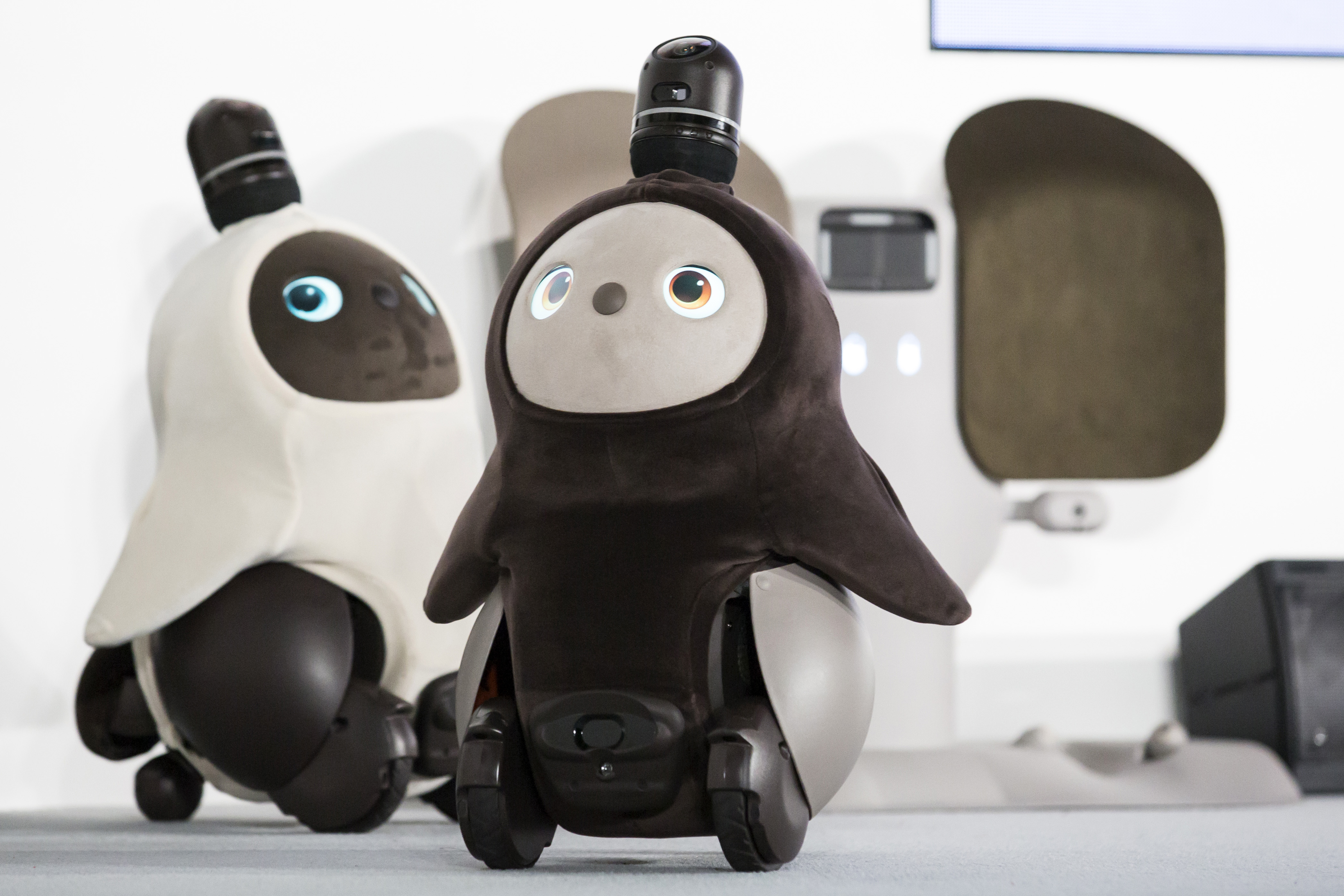
THEY’RE going to be the companions that ease loneliness in our old age and, in the meantime, will even drop off our shopping.
Robots aren’t the future, they’re increasingly our here and now.
And 2019 is the Year of the Robot in Scotland with two of our biggest museums launching major exhibitions.
Robots opened at the National Museum of Scotland this month, while Hello, Robot, looking at how they impact our lives from fashion to architecture, is at the V&A Dundee from November 2.
It will also look at the blurring of boundaries between man and machine.
Robotics expert Chris Middleton says one of the biggest barriers to a robotic revolution could be breached this year. “Sales of humanoid machines are still relatively small as they tend to be very expensive,” said consultant and author Chris, who owns two robots. But recently we have, very rapidly, got used to talking to voice-controlled assistants like Alexa.
“And Amazon has long been rumoured to be working on robots, possibly for release some time in 2019. That could change the market significantly.
“They could be the company that popularises robots in the home because they finally become cheap enough to be worthwhile having.
“Looking at what Amazon are currently doing and the services they offer, you can imagine a robot that will look after your home and security, entertain people and also read bedtime stories to your kids.”
While Chris sees a positive future for robots in many ways, he says the path for humanoid machines is still unclear.
And although robots that would take on nursing, caring and companionship duties are increasingly being developed, broadcaster Timandra Harkness has concerns over such usage.
“Robots can’t care because they don’t have any feelings or emotions,” said Timandra, who presents BBC Radio 4’s FutureProofing. “I went to a robotics expo in Singapore where they were very gung-ho about using robots to look after children, old people and hospital patients.
“I felt very uncomfortable about them taking on social roles as they simply don’t have a subjective awareness.”
Timandra is due to give a talk on the subject on April 16 as part of the National Museum of Scotland exhibition. It explores 500 years of development and features a unique collection of more than 100 robots from the earliest automata to those from science fiction and modern-day research labs.
Dr Sam Alberti, keeper of science and technology at the museum, said: “Robots from the past make us think about robots in the future. With driverless cars and more surgery being robotic, these machines are due to play an ever bigger role in our lives.”
Timandra says that shouldn’t be a concern.
“My positive vision is that we will use robots to take over work humans don’t want to do. I don’t think we are looking at Terminator.”
Robots is at the National Museum of Scotland in Edinburgh until May 5

Enjoy the convenience of having The Sunday Post delivered as a digital ePaper straight to your smartphone, tablet or computer.
Subscribe for only £5.49 a month and enjoy all the benefits of the printed paper as a digital replica.
Subscribe